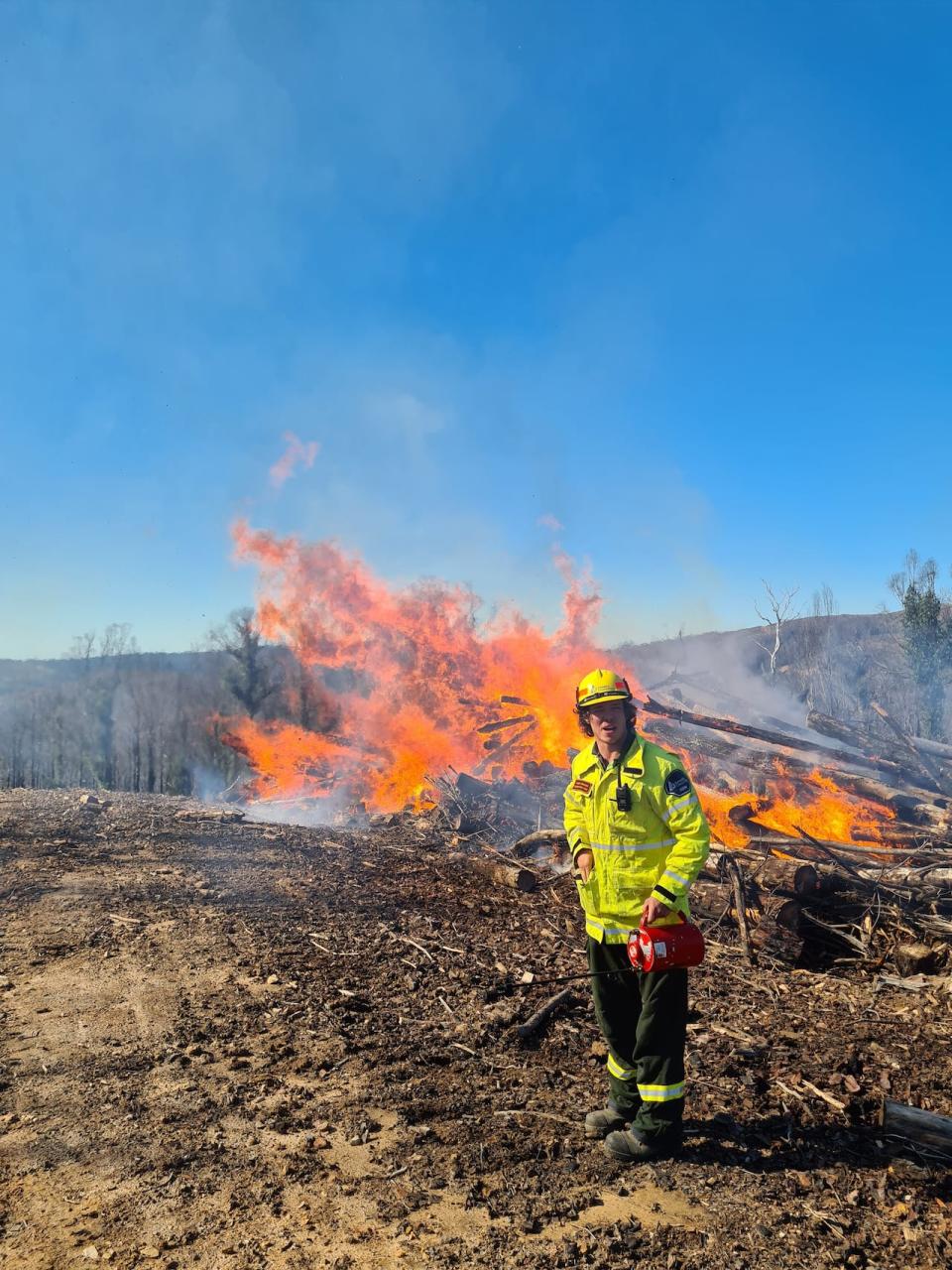Ontario wraps up its wildland firefighter recruitment as the threat of a new fire season looms

Ontario confirms it has hired about 600 forest firefighters this year, although it has the budget to hire up to 800 people.
The recruitment number is "well within the range" the province aims for, according to Natural Resources and Forestry Minister Graydon Smith.
"We spent a significant amount of money, time and effort this year to recruit and retain more people and I think those efforts are paying off," he said.
Earlier in March the province rolled out an incentive program promising lump-sum payments to wildland firefighters.
The results of the recruitment process vary across different regions. Some bases have hired more than their allocated crews, while others only have a third of their usual numbers.
Crews are deployed where they are needed
Smith says "crews are deployed across Ontario as provincial resources during the fire season to where they are needed."
In other words, if a fire breaks out in the Greenstone area and there aren't enough available crews to tackle it, resources will be sent in from other bases.

Natural Resources and Forestry Minister Graydon Smith. (Evan Mitsui/CBC)
Eric Davidson, president of the Ontario Professional Association of Wildland Firefighters, says there are a few downsides to this approach, including increased workloads for neighbouring bases.
"It just means there's a lot of movement of resources around the province, which puts a larger strain on everyone else," he said.
He says that when he started working as a firefighter ten years ago, he would expect one or two tours in other sectors throughout the season.
"Now you're going to be a firefighter for the entire province all summer," he said.
Options to secure additional resources
If the fire season turns out to be especially difficult, the province can also rely on 320 additional firefighting personnel sourced from private contractors – although they would not have the qualifications required to carry out initial fire attack work.
Ontario could also turn to its mutual aid partnerships with national and international agencies to unlock more resources.
Many provinces relied on those types of agreements to get through last year's record-breaking fire season.
The Canadian Interagency Forest Fire Centre (CIFFC), which co-ordinates resource allocation among provinces during fire seasons, says it ran out of domestic capacity in 2023 and had to look abroad for help.

Forest fires tore across a large swath of northern Ontario in 2023. (Ministry of Northern Development, Mines, Natural Resources and Forestry/Provided)
"The provinces and territories got to a point where they each needed the resources that they had, so sharing domestically was almost impossible," says communications officer Jennifer Kamau.
She says the CIFFC ended up recruiting from 12 different countries to meet the needs of different provinces – including countries it had never before entered into an agreement with, like South Korea.
"There were a little over 7,000 personnel mobilized, and that's the most we've ever seen," said Kamau.
She says it's hard to say whether they will eventually reach a point where there's a shortage of international personnel to draw from, as fire seasons vary from year to year, and from country to country.
High turnover rate and 'watering down' experience levels
Smith confirms the province has hired 143 crew leaders this year. Ontario has historically aimed to have a total of 190 fire crews.
Fire crews traditionally consist of four people, including two members, one boss and one leader.
Fire crew leaders typically have at least five years of experience under their belt and are tasked with overseeing the work of their crew and making decisions about how best to attack and suppress fires.
But the high turnover rate among forest fire fighters in recent years means the pool of qualified candidates for fire crew leader positions gets smaller every year, according to Aviation Forest Fires and Emergency Services internal documents.
"We're just watering down our experience every year that we can't keep people around," said Davidson.
A complicated recruitment effort
On the ground, the relative scarcity of fire crew leaders means some crews are now composed of up to six people, as opposed to the traditional four person crew.
It also complicates recruitment efforts, according to Davidson.
"People are potentially being turned away," he said. "Someone who might be certified to be a crew leader can't get hired because they don't have enough [crew members]."
Davidson says the inverse can also happen – where there are enough crew members, but no crew leaders.

Donald Warren wanted to be a part of Ontario's forest firefighting crews this year. Although he previously worked as a crew leader, he was ready to take on a crew member role. He says his attempts to get answers from the MNRF went nowhere. (File submitted by Donald Warren)
Donald Warren has six years of forest firefighting experience. He lives in Red Lake, and was told his local base has no position to offer, despite it being down several crews.
He was told there were openings in Thunder Bay, but doesn't want to uproot his family for a seasonal job.
"I don't need the job. That's not why I was applying," he says, adding that he currently works in a nearby gold mine. "I have a career, aspirations and no problems finding work.
"I wanted to do it for the province, for myself, and a firefighting program I hold dear," he said.


